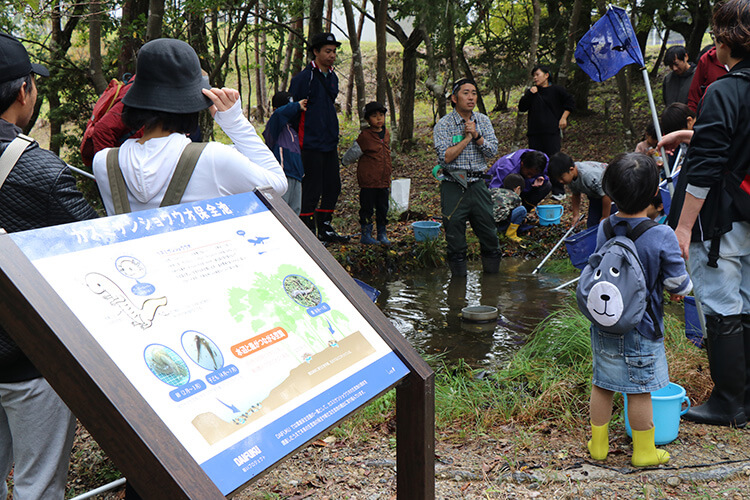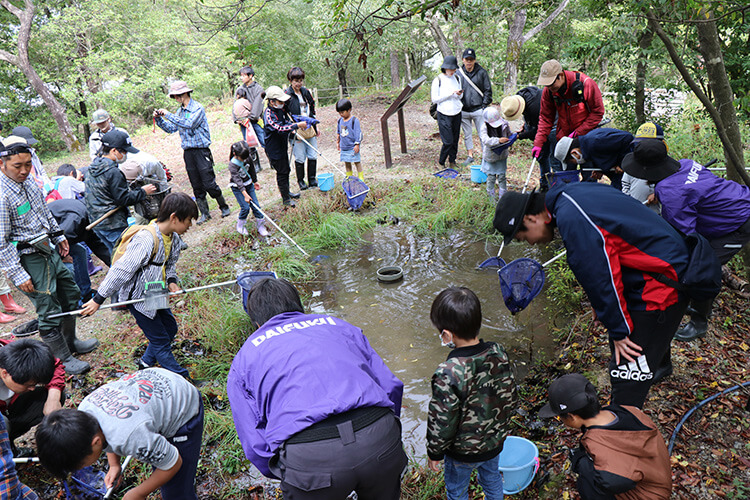Living with Nature: Biodiversity Preservation at Daifuku’s Flagship Plant
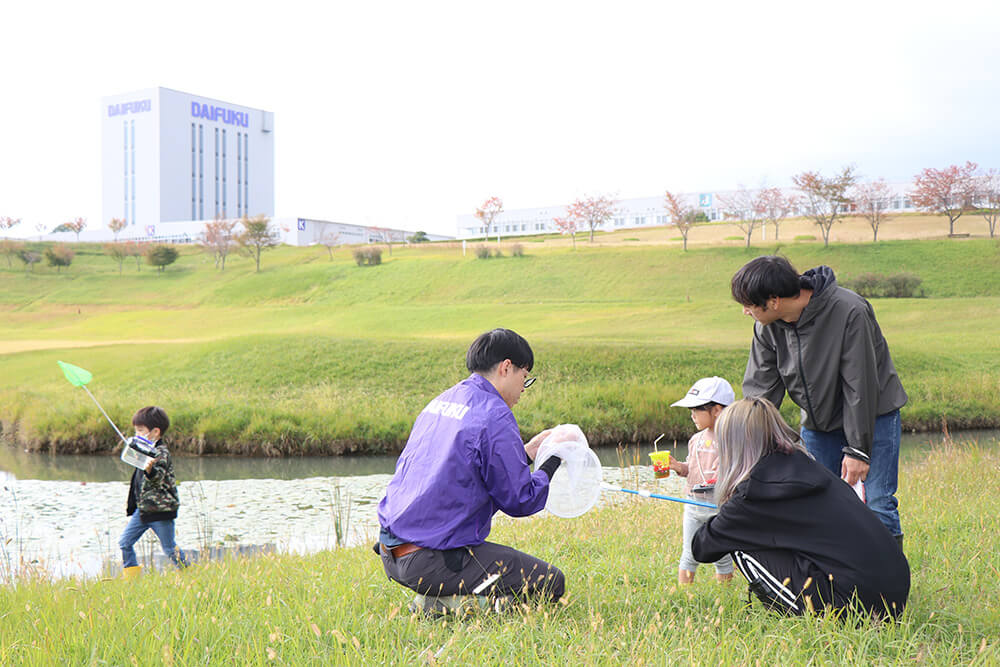
The Daifuku Group recognizes that biodiversity conservation is an important theme to address in order to create a sustainable society. The rich natural environment surrounding Daifuku’s Shiga Works is one of the largest in Shiga Prefecture, with more than 1,000 native species and 70 endangered and rare species having been identified onsite. To protect the lives of these creatures and preserve their natural environment for future generations, Daifuku is engaged in a wide range of activities. In May 2023, Daifuku added “coexisting with nature” as a priority area in the Daifuku Environmental Vision 2050, and to achieve zero negative impact on natural capital from its business activities, Daifuku will be promoting its biodiversity preservation activities throughout the entire group.
Daifuku’s flagship plant—home to various rare creatures
The town of Hino in Shiga Prefecture, where Shiga Works is located, lies between the Suzuka Mountains to the east and Lake Biwa to the west. The area’s various forests, wetlands, reservoirs, and paddy fields, as well as the 1,110-meter-high Mount Watamuki, create a diverse, rich natural environment. Shiga Works itself covers an area of approximately 1.2 million square meters, and as Daifuku’s flagship plant, is the company’s main manufacturing hub with some 3,000 employees. Significant care has been taken to maintain the vast site’s unique ecosystem, which is home to a wide variety of living creatures, including several rare and endangered species.
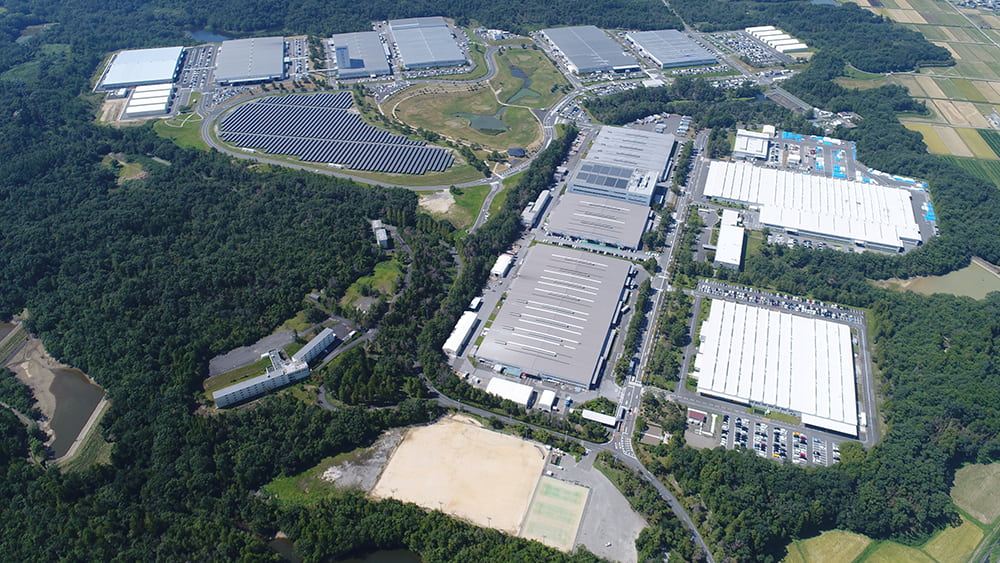
Based on the Daifuku Environmental Vision 2020 introduced in 2011, the Daifuku Group has been working at the forefront of businesses to implement various environmental initiatives. Development, abandonment of rural areas, and invasion of non-native species led to a decline in Hino’s local biodiversity. To counter these effects, Daifuku launched the Yui Project * at Shiga Works in 2014, which introduced full-scale biodiversity preservation activities that utilize the plant’s expansive tracts of nature. To increase interest in the environment, employees also get involved in these activities. In recognition of its activities, Daifuku has received awards for outstanding greening performance from the Ministry of Economy, Trade and Industry, the Shiga Biodiversity Grand Prize, and various other accolades.
- *Yui means “to bring together," and the project is a compilation of various activities that connect water with greenery, people with nature, and people to people.
Daifuku will also establish KPIs for its 2030 environmental targets announced in the Daifuku Environmental Vision 2050, and the company will work with its subsidiaries to expand its efforts toward solving various environmental issues in countries and regions around the world. Daifuku’s KPIs related to “coexisting with nature” include a 100% biodiversity preservation activity implementation rate at the company’s major sites (with 100 or more employees), and 30,000 total annual sustainability action participants.
The Yamato salamander: A symbol of conservation
When starting biodiversity preservation activities at Shiga Works in 2013, Daifuku conducted a biological ecosystem survey of the entire area of the plant. This survey revealed a large number of creatures living at the plant, including those photographed below. More than 1,000 native species and 70 endangered and rare* species were identified on the site.
- *Species listed in the Japanese Red List (compiled and maintained by the Ministry of the Environment) and the Shiga Prefecture Red Data Book.
-
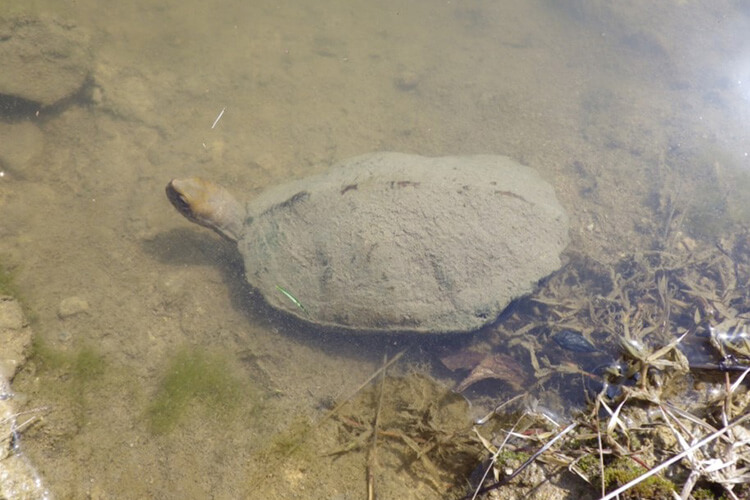
Japanese pond turtle
-
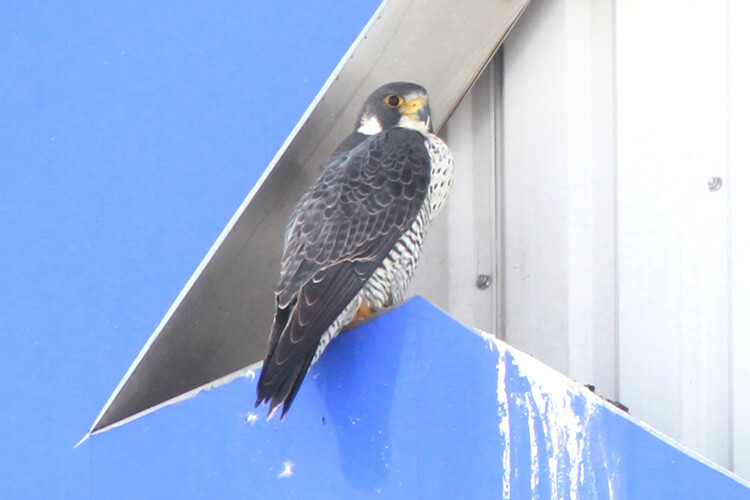
Peregrine falcon
-
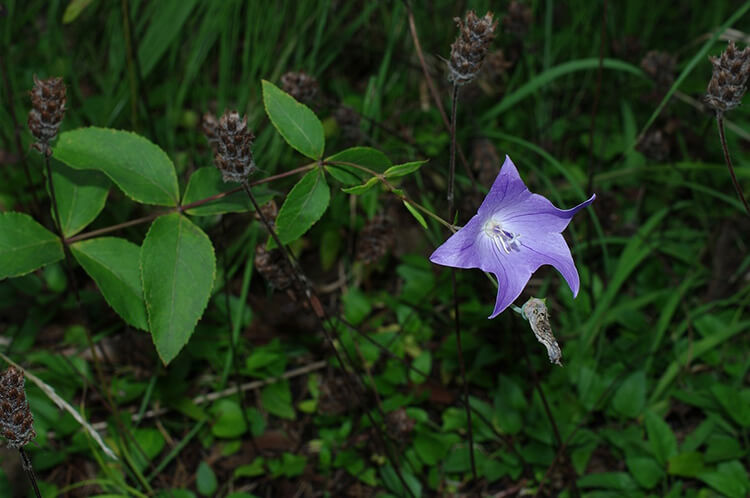
Chinese bellflower
Lago Co., Ltd., a company based in Omihachiman City, Shiga Prefecture, has been supporting Daifuku’s conservation activities at Shiga Works. Tokihiro Ushijima, Director of the Nature Restoration and Activity Support Office at Lago, had this to say about reason behind the wide diversity of organisms living at Shiga Works: “Not only does the site have a variety of natural environments, the plant is managed similar to how satoyama (rural villages) were managed long ago, with for example, weeding being done by hand instead of through herbicides.”
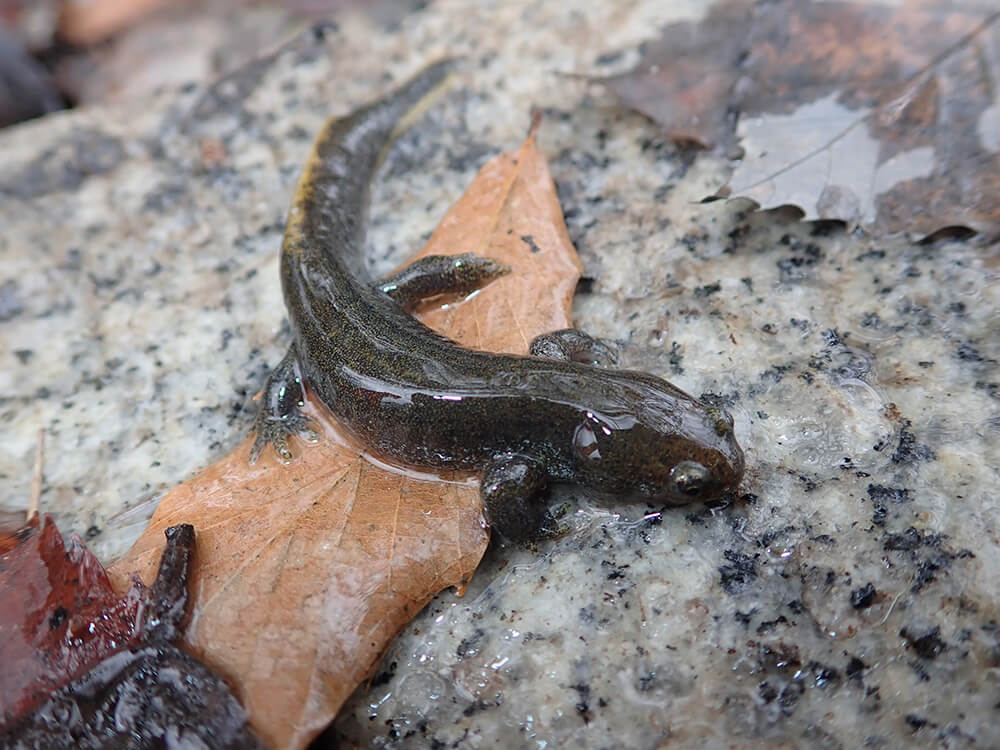
Adult Yamato salamanders are small, measuring between 70 and 120 mm, with a spawning season between February and March.
With activities based on the concepts of conservation, enjoyment, exchange, and communication, the Yui Project is dedicated to preserving Shiga Works’ rich biodiversity. One of the most notable preservation activities of the Yui Project is the protection and propagation of the Yamato salamander. Under the Japanese Red List compiled and maintained by the Ministry of the Environment, the Yamato salamander is classified as “Threatened - Vulnerable (VU),” and it is also designated a rare species in Shiga Prefecture. Yoriko Miyoshi of the Sustainability Promotion Department’s Environmental Quality Group said, “We adopted the Yamato salamander, which we found in our 2013 survey, as the symbol of our conservation efforts. To protect the species and help it propagate, we created a conservation pond in the Yui no Mori conservation area within Shiga Works.”
The site survey also revealed the presence of invasive species that negatively impact the ecosystem, including the American crayfish. To protect the eggs of the Yamato salamander from these invasive species and other factors, Daifuku carefully moved the salamanders into net cages set up in the conservation pond and supplied air to the pond using solar-powered air pumps to prevent oxygen deficiencies during rearing. Some juveniles emerging from the eggs are released into the conservation pond, while the rest are returned to their original locations. Some eggs are also donated to the Lake Biwa Museum in Shiga Prefecture to help preserve populations of local species.
As Ms. Miyoshi recalls, “At first, we had some trouble with our breeding efforts, but we made improvements based on advice from experts. Now we have a stable system able to help the salamanders grow into adults.” Mr. Ushijima adds, “I was impressed that we were able to get the Yamato salamanders transplanted to the conservation pond to mature and later come back to lay more eggs.”
In the area around the conservation pond, we are also promoting various environmentally friendly activities, including using wood from forest thinning for signs on trees and decks.
Promoting conservation efforts with other companies for the site’s 50 confirmed dragonfly species
Daifuku is also dedicated to the preservation of dragonflies, which are seeing declining populations across Japan. For the 50 dragonfly species identified at Shiga Works, Daifuku is actively monitoring populations and managing the area’s green spaces for biodiversity. Daifuku also helped create the Biodiversity Biwako Network in cooperation with six other Shiga-based companies and launched the “Operation Dragonfly 100: Save Shiga’s Dragonflies” initiative. With this initiative, companies decide which dragonfly species they want to protect and then adopt initiatives toward that goal.
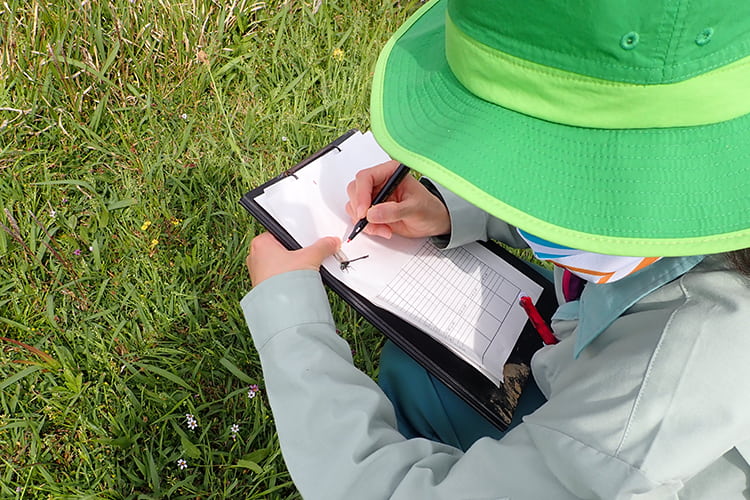
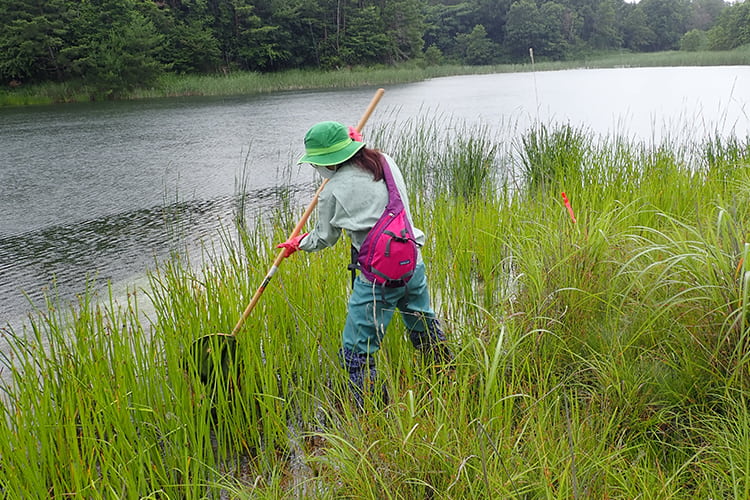
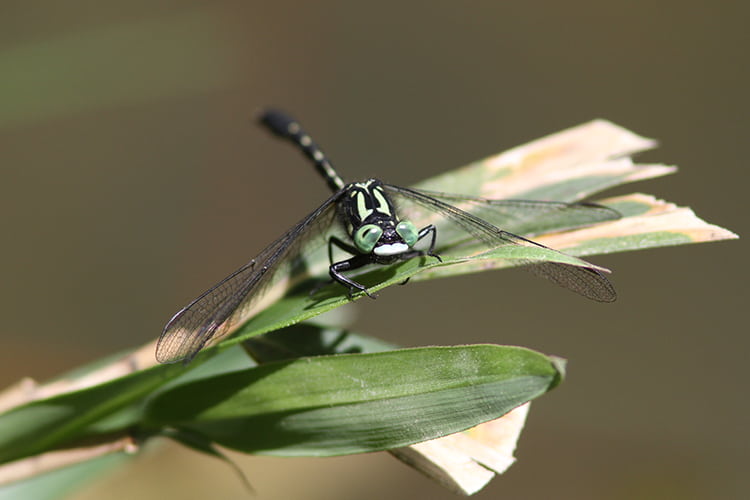
Hands-on events for promoting employee awareness
Every fall, Daifuku holds a nature observation event for employees and their families. In addition to surveying insects and other creatures that call Shiga Works home, the Yamato salamander conservation pond is temporarily drained, and event participants work together to collect and relocate any organisms that prey on the rare salamander.
Employees and their families survey the Yamato salamander conservation area as part of Daifuku’s nature observation event.
Shiga Works also hosts events highlighting sustainable ways to enjoy nature’s bounty, including using vines and pinecones gathered onsite to make Christmas wreaths and moss balls. As Ms. Miyoshi says, “We want to offer events that encourage employees and their families to think about biodiversity preservation and environmental awareness.”
As part of its awareness efforts beyond the company walls, Shiga Works also hosts social studies tours for students from neighboring elementary schools and uses onsite locations for exchange meetings with environmental groups and companies throughout Shiga. For in-house initiatives, Daifuku hosts seminars and symposiums with experts to promote the importance of protecting natural environments and preserving biodiversity to employees, and to increase environmental awareness.
Creating an enjoyable framework and promoting activities across the globe
Daifuku recognizes that biodiversity preservation cannot be a task it embarks on alone. External collaborations are essential for ensuring success. In addition to the Biodiversity Biwako Network and the “Operation Dragonfly 100,” Daifuku also participates in the Biodiversity, Environment, and CSR Research Association, a working group launched by members of the Shiga Green-activity Network in 2015. The association holds seminars for introducing both basic biodiversity knowledge and the latest trends to numerous small- and medium-sized companies in addition to its various other exchange opportunities.
Concerning Daifuku’s sustainability initiatives, Takehiro Yamamoto, Deputy General Manager of the Sustainability Promotion Department, had this to say: “Through our revisions to the Daifuku Environmental Vision 2050, we created an internal rule that all Daifuku sites with 100 or more employees must incorporate biodiversity preservation activities. Ensuring the operability of initiatives at Daifuku locations beyond Shiga Works will be a challenge going forward. We are currently working on creating a detailed outline of the criteria for what we intend to focus on in fiscal 2024. We will be applying these rules not only to our locations in Japan but also to our Group companies outside Japan, and we will also be promoting the disclosure of relevant information.”
In terms of how to draw people to engage in biodiversity preservation initiatives, Mr. Yamamoto added, “If an initiative is not interesting to start with, people won’t be motivated to participate. And the clearer the initiative’s benefits, the easier it will be to keep the initiative going longer. With these points in mind, Daifuku introduced the Eco-Action Program* (currently the Sustainability Action Program) to encourage voluntary employee participation in preservation activities. And we will continue looking for new ways to encourage more and more people to think about and act on their own while also enjoying what they are doing.” Ms. Miyoshi adds, “Personally, I wouldn’t be able to keep up with my activities if I didn’t find them enjoyable. The goal should be to share not only the information we learn but also the joy we experience.”
Leveraging the experience it has accumulated, Daifuku is dedicated to preserving biodiversity and expanding its activities to its locations around the world.
- *Started in 2012, this program awards points to employees who voluntarily take part in environmental activities (currently applicable only to employees in Japan).
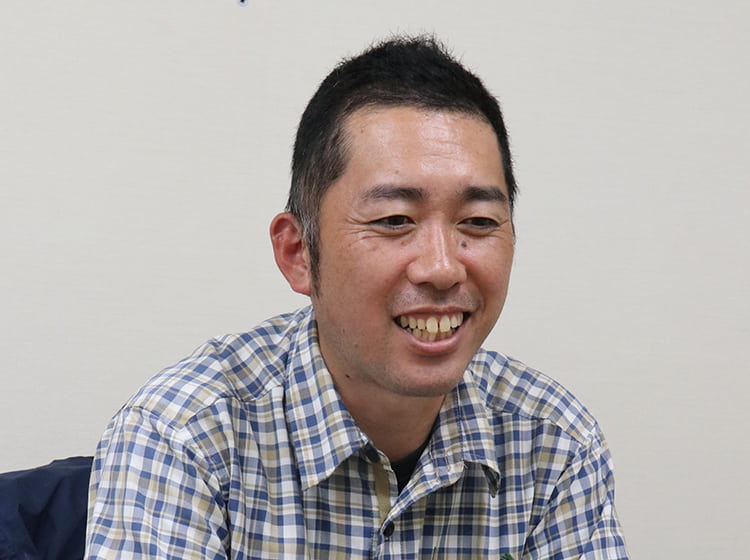
Tokihiro Ushijima
Director, Nature Restoration and Activity Support Office
Lago Co., Ltd.
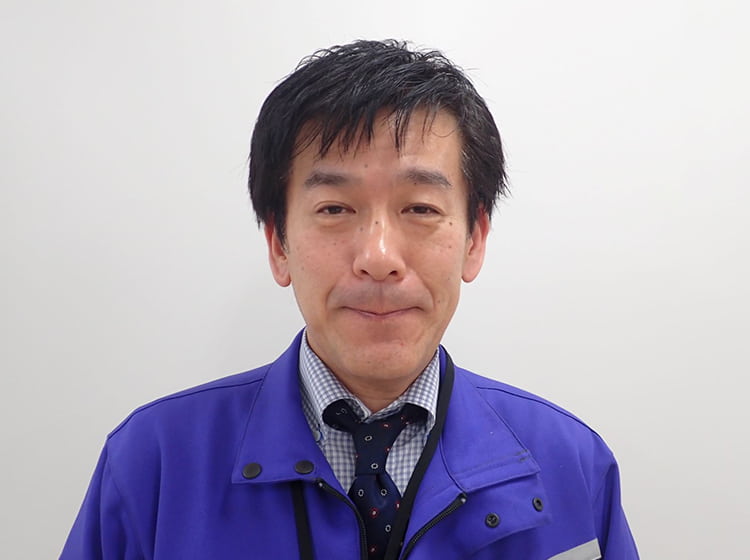
Takehiro Yamamoto
Deputy General Manager, Sustainability Promotion Department
Daifuku Co., Ltd.
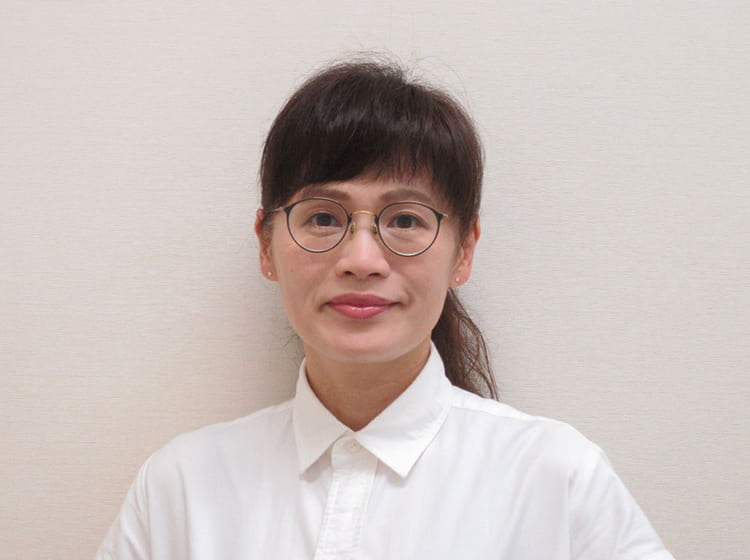
Yoriko Miyoshi
Environmental Quality Group, Sustainability Promotion Department
Daifuku Co., Ltd.

